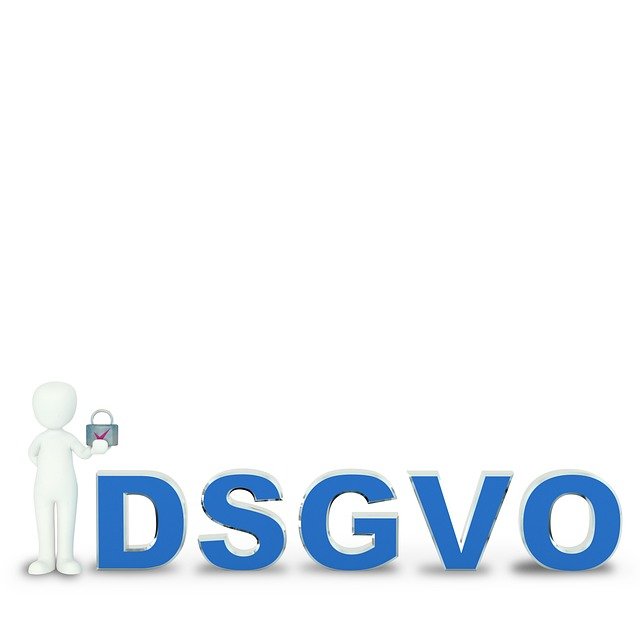Creative Brief Templates That Preserve Creator Voice and Brand Fit
A creative brief that preserves a creator’s voice while ensuring brand fit reduces friction, improves engagement, and supports scalable partnerships. This article outlines structured templates and practical steps that agencies and brands can use to balance creative freedom with compliance, clear compensation, and consistent campaign outcomes.

Effective creative briefs guide creators without constraining their authentic voice. A brief that emphasizes audience insight, tone, and creative guardrails helps creators craft content that feels native rather than scripted. For partnerships and campaigns, start with a short brand summary, the campaign objective, and a few concrete examples of preferred and prohibited approaches. Keep the language conversational, reference the creator’s established style, and avoid overly prescriptive directives that undermine natural engagement.
How do briefings preserve creator voice?
A template focused on preservation begins by asking creators how they typically engage their audience: preferred formats, recurring segments, and signature phrases. Include sections for creator-proposed concepts and allow a ‘‘must-have’’ element that ties to campaign goals rather than dictating exact lines. This approach recognizes creators as collaborators, increasing authenticity and retention while reducing revision cycles. Use briefings to document audience expectations and engagement habits so creators can adapt brand messages to their voice while maintaining clarity on deliverables.
How can brands ensure campaigns fit audience and brand values?
Brief templates should include a brand-fit checklist that covers audience demographics, values, and previous campaign performance. Provide clear examples of acceptable creative directions and those that misalign with brand standards. Incorporate localization notes for regional audiences and specify required disclosures or licensing considerations to protect both parties. Position brand guardrails as context rather than commands; explain the rationale so creators can make informed choices that resonate with their followers and the brand’s objectives.
What should briefings include for compliance, licensing, and privacy?
Include a concise legal and compliance section that outlines required disclosures, licensing terms, and privacy constraints in plain language. Define content usage rights, duration of licensing, and any limitations on re-use or edits. Reference relevant regulations for the campaign region and provide contact details for legal questions. Framing compliance as a checklist within the briefing makes it easy for creators to comply without guessing, supports transparent contracts, and reduces the risk of disputes over licensing or privacy issues.
How to outline compensation, contracts, and payments?
A transparent compensation and contracts section builds trust and speeds onboarding. Templates should list payment timing, invoicing requirements, and what additional fees cover (e.g., usage licensing or exclusivity). Clarify milestones tied to deliverables, such as draft reviews or final asset delivery. Note any bonus structures linked to analytics or attribution. Clear contract summaries paired with straightforward payment instructions reduce negotiation time and support predictable cash flow for creators and brands.
How to measure attribution, analytics, and retention?
Design brief sections that specify the performance metrics the campaign will track—engagement, reach, click-through, conversions—and how attribution will be measured. Provide tracking parameters or UTM guidelines and explain analytics reporting cadence and format. Share historical benchmark numbers if available so creators understand performance expectations. Discuss retention strategies within briefs by noting follow-up content ideas and opportunities for extended partnerships if engagement or conversion thresholds are met.
How to scale onboarding, localization, and microcreators?
When scaling, workflows must support onboarding, localization, and microcreators without diluting brand fit. Templates should include a short onboarding checklist, localization cues for regional audiences, and streamlined contracts for microcreators. Below are example providers that offer influencer partnership and agency services and the kinds of support they commonly provide.
| Provider Name | Services Offered | Key Features/Benefits |
|---|---|---|
| Mediakix | Influencer campaign strategy and management | Campaign design, influencer vetting, analytics support |
| Obviously | Talent sourcing and full campaign execution | Creator matchmaking, content production, compliance checks |
| Viral Nation | End-to-end influencer marketing and talent representation | Global talent networks, performance media, attribution expertise |
| The Shelf | Content-driven influencer campaigns | Creative brief development, licensing support, analytics |
| IZEA | Influencer marketplace and campaign tools | Scalable onboarding, payments integration, compliance workflow |
Scaling templates should include optional fields for microcreator-specific rates, simplified contracts, and quick localization notes. Implement a centralized workflow for briefings and asset approval that integrates payments and attribution tools to maintain consistency as the program grows.
Conclusion Creative brief templates that balance explicit campaign goals with flexible creative space help preserve creator voice and secure brand fit. By structuring sections for audience, compliance, compensation, attribution, and onboarding—while listing examples and providers to support scaling—agencies can create reproducible workflows that respect creators and deliver measurable campaign outcomes.





